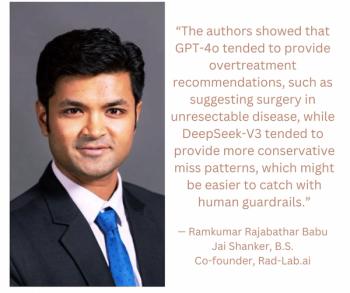
Long-term data favor varicose vein therapies
Minimally invasive techniques for treatment of varicose veins show good long-term success rates, according to studies presented at the Society of Interventional Radiology meeting in Salt Lake City.
Minimally invasive techniques for treatment of varicose veins show good long-term success rates, according to studies presented at the Society of Interventional Radiology meeting in Salt Lake City.
A three-year study by Cornell University researchers included 499 limbs from patients who underwent endovenous laser therapy (EVLT). Two-year follow-up results of the first 121 limbs showed a 93% success rate. The study also found that most recurrences of varicose veins took place during the first nine months following the procedure. No serious complications were reported.
Varicose veins are caused by reflux within the greater saphenous vein that leads to pooling in the visible varicose veins below. The laser therapy uses heat to close the greater saphenous vein. Deprived of blood, the visible varicose veins shrink and disappear, and other healthy veins reestablish normal flow.
Investigators applied strict criteria to establish whether the procedure had been clinically successful, said principal investigator Dr. Robert J. Min, vice chair of radiology at Weill Cornell Medical College in New York City. Patients underwent follow-up with duplex ultrasound one week after the procedure and at intervals of one, six, 12, and 24 months to verify that the saphenous vein remained closed.
Although clinicians expect further validation, the procedure is quickly catching on among patients, according to Min, who helped develop the technique. Traditional treatments, such as vein stripping or ligation, are invasive and require general anesthesia and hospitalization. FDA-approved EVLT is minimally invasive, can be performed on an outpatient basis, and requires only local anesthesia.
"The safety and efficacy have already been established," he said. "We need now to increase the number of physicians trained in this procedure to meet the demand from patients."
In another study, researchers at Memorial Sloan-Kettering Cancer Center also in New York City used radio-frequency ablation to treat symptomatic greater saphenous vein reflux in 139 limbs of 124 patients. After follow-up with ultrasound at four to six weeks, six to 12 months, and 12 to 24 months, they confirmed that the greater saphenous vein was closed in 95.7% of the treated limbs.
Both studies support the trend in medicine to replace existing procedures with less invasive, equally effective therapies, said Dr. Howard Chrisman, vice chair of clinical operations at Northwestern University's interventional radiology section.
"Often such procedures are less painful, performed in an outpatient setting, and well accepted by the patient. Indeed, over 98% of the patients in Dr. Min's study would recommend this to a friend," said Chrisman, who presented an independent review of Min's work for the SIR.
The overall cost-effectiveness for any one procedure is difficult to assess. Moving to the outpatient setting, however, will have varied implications. Patients can be treated at the interventionalist's practice, making it more accessible.
Newsletter
Stay at the forefront of radiology with the Diagnostic Imaging newsletter, delivering the latest news, clinical insights, and imaging advancements for today’s radiologists.




























